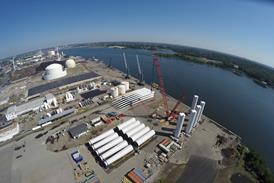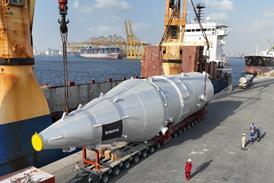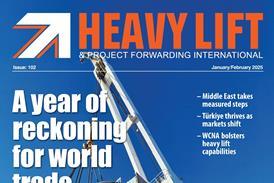A brief reprieve

On April 9, just hours after announcing reciprocal tariffs on all countries, US president Donald Trump abruptly backtracked, suspending their implementation for 90 days. However, China was not spared: its tariff was increased to 125 percent. The baseline 10 percent tariffs on all countries, introduced on April 5 – dubbed ‘Liberation Day’ – remain in effect. Additionally, 25 percent duties on autos and steel are still in place.
It has been another week marked by chaos and disruption. Sweeping shifts in US trade policy blindsided many, and the speed and scale at which the tariffs were initially set to take effect wiped trillions off global stock markets. Conflicting signals from the White House – over whether the tariffs were negotiable or permanent – sent shockwaves through supply chains, with China–US container bookings plunging by as much as 60 percent.
But the saga is far from over. China’s own retaliatory tariff on US goods now means that nearly half of global GDP is locked in full-scale economic warfare. What comes next will hinge on 12 weeks of high-stakes negotiations between world leaders – talks that will shape the global trading landscape for 2025 and beyond. For now, shippers who chose to ‘wait and see’ appear to be early winners. Still, the supply chain has undeniably entered a far more volatile phase.
Keep up to date on the latest information on over-dimensional and heavy cargoes.










